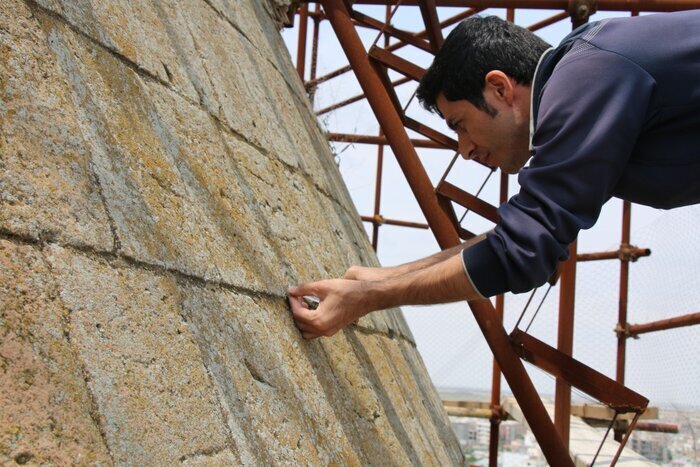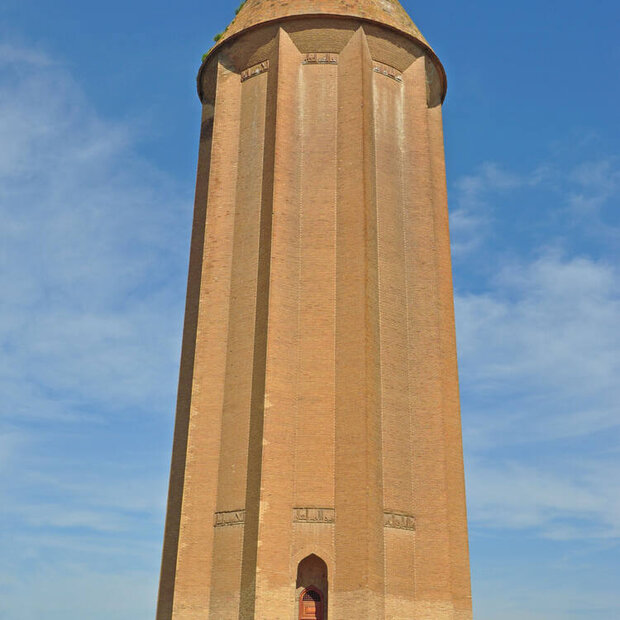Gonbad-e Qabus restoration may take two years, World Heritage director says

TEHRAN – The restoration and monitoring process of the UNESCO-designated Gonbad-e Qabus may take two years, the director of the World Heritage has said.
“A new restoration project on Gonbad-e Qabus may take about two years of fieldwork, analysis of the samples produced, substitutes of the worn-out bricks with exact replicas, and a thorough monitoring process,” ILNA quoted Abdolmajid Nourtaqani as saying on Saturday.
Located in Golestan province, the monument is of high architectural importance as an exemplar and innovative design of the early-Islamic-era architecture.
“It can be mentioned that the necessary assessments have been performed so far to identify the exact material and know-how needed for the restoration,” the official said.
“Within the next two weeks, we will form a special working group at the Ministry of Cultural Heritage, Tourism and Handicrafts…. The new restoration work will begin based on the decisions that are approved,” the official explained.
“A few cracks will be repaired for the first stage. Then, after exact monitoring of the results and checking the condition of newly-embedded bricks, the production of bricks and the restoration process will be continued.”
“Moreover, we should continue tracing other cracks in the roof.”
It is not possible to open all segments of the roof at once and then see that the samples produced are not suitable. Restoration work must proceed according to principles, the official explained.
All the bricks in the tower that need to be replaced are less than 50 bricks, he said.

For years the World Heritage has suffered from weeds growing on the surface.
“We hope that repairing and replacing the bricks of the ceiling can prevent the continued growth of shrubs on the dome,” the official said.
Experts say that growing plants on the Qabus tower is not a new issue and is witnessed in all brick buildings across the country, especially in northern provinces, due to their climatic conditions.
Visible from great distances in the surrounding lowlands near the ancient Ziyarid capital, Jorjan, the 53-meter high Gonbad-e Qabus dominates a modern town of the same name laid out around its base in the early 20th century.
Its hollow cylindrical shaft of unglazed fired brick tapers up from an intricate geometric plan in the form of a ten-pointed star to a conical roof. Two encircling Kufic inscriptions commemorate Qabus Ibn Voshmgir, Ziyarid ruler and literati as its founder in 1006 CE.
As mentioned by UNESCO, the monument bears testimony to the cultural exchange between Central Asian nomads and the ancient civilization of Iran.
Narratives say the tower has influenced various subsequent designers of tomb towers and other cylindrical commemorative structures both in the region and beyond. The structure capped by an eye-catching conical roof boasts intricate geometric principles and patterns which embellish parts of its load-bearing brickwork.
AFM
Leave a Comment